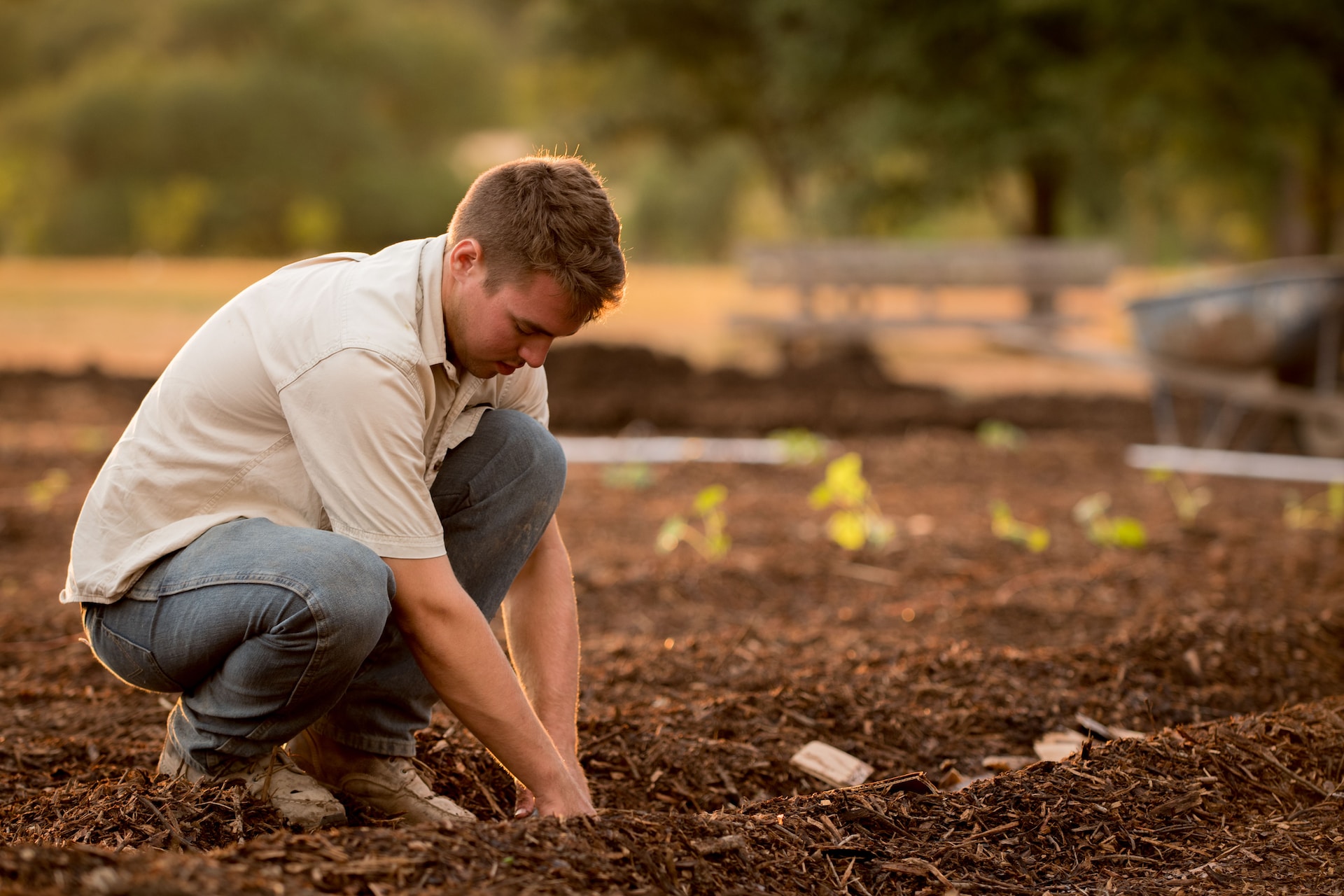Mulching is a practice that can help keep trees and shrubs healthy. Mulch moderates soil temperature (which helps plants avoid frost damage) and prevents erosion.
It smothers weeds and holds in moisture, reducing the need for watering. It also enriches the soil, especially if made of organic material such as straw, manure, hay, or wood chips.
Contents
It Keeps Soil Moisture
Mulching is laying down a layer of organic material such as wood chips, leaves, grass clippings, straw, or compost around the plants in your garden. The mulch smothers the weeds and locks in the moisture, so your garden requires less watering. Some organic mulches contain nutrients and act as slow-release plant food, and as they break down, they enrich the soil with microbes and earthworms. Mulching also prevents frost damage in the spring and helps the plants grow by keeping the soil warmer.
In addition, a layer of mulch limits soil erosion by reducing wind speed and slowing water evaporation from the soil surface. It also lowers the soil temperature in summer and winter, reducing stress on plants and allowing the roots to take up more of the available nutrients. It also reduces the need for herbicides, fungicides, and pesticides.
It Prevents Weed Growth
Weeds are unsightly and compete with your plants for light, water, and nutrients. Mulching suppresses weed growth by blocking their access to the soil. However, organic mulches such as hay and straw do not block 100% of weeds, so they must be used with other weed management practices (like cultivating and crop rotation).
Use a layer of mulch 3-4 ” thick for best results. If it is any thicker than that, the roots of your garden plants can get smothered or tangled in the mulch and be difficult to pull out. If you create a new bed, lay down landscape fabric before spreading the mulch to prevent weed seeds from germinating. The landscape fabric can be purchased from any gardening supply store and is easy to cut to size for the beds. It also lasts longer than traditional mulch.
It Prevents Soil Erosion
Mulching prevents soil erosion by creating a barrier that limits how much sunlight and water reach weeds. It also helps to stabilize soil, making it less susceptible to wind damage. It boosts the structure of clay soils and improves the infiltration capabilities of sandy soils. Mulch also prevents weeds from growing and encourages the growth of earthworms and other beneficial soil organisms.
Organic mulch slowly increases soil fertility by facilitating the breakdown of plant matter, and it may make already-present micronutrients more available. Mulching keeps plants off the ground and clean, limiting the chance of disease (especially with tomatoes and melons).
Wood chips, shredded leaves, straw, compost, and stone are common types of mulch. Other decorative materials, such as slate, shingle, gravel, pebbles, and tumbled glass, can create a more attractive garden or landscape. In addition to its aesthetic appeal, dark-colored mulch can warm the soil in spring and autumn, while light-colored mulch can keep roots cooler during summer.
It Keeps Plants Healthy
Mulching is one of the easiest ways to improve your soil. It can help conserve moisture, suppress weeds, and regulate soil temperature. Organic mulches also break down over time, adding nutrients to the soil and improving its structure. Many materials can be used for mulch, from grass clippings to leaves, straw, and even shredded bark. Well-rotted horse manure is high in nutrients and good for heavy mulch around roses and edible plants. It also helps with the soil’s acidity and retains water better than wood chips.
You can also use local byproducts such as spent hops from a brewery, ground coffee beans, cocoa hulls, and even newspaper or cardboard for mulching. The key is to get it thick enough to reduce light penetration and prevent the introduction of weeds and pathogens. Then, earthworms can work their magic and slowly break it down into a rich soil amendment.



